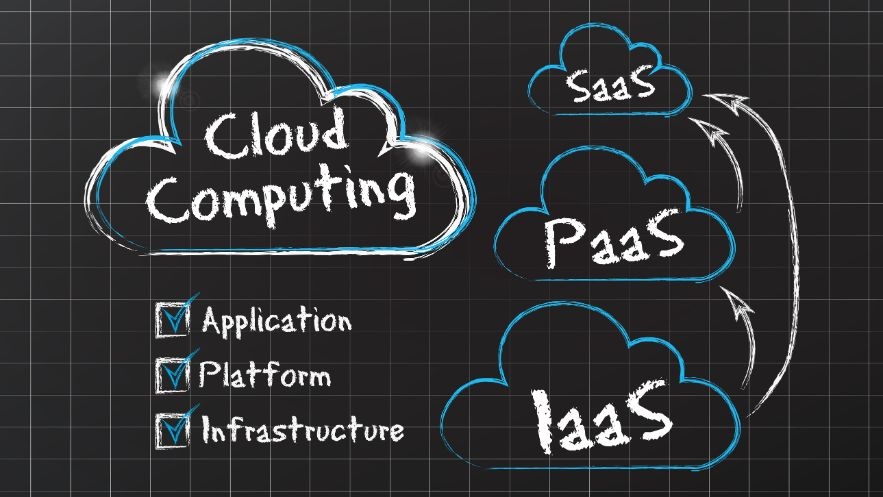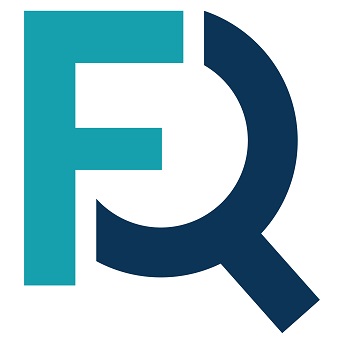The holiday season is here, and everyone is focused on the delicious food being prepared for Thanksgiving day. While you might have the perfect pumpkin pie recipe, we have the perfect recipe to manage your SaaS spending this fall.
SaaS management strategy ingredients
SaaS spend management is the process of controlling and optimizing SaaS costs. Like any perfect recipe, there are ingredients you need to gather before implementing a SaaS spend management strategy.
Defined business objectives
Before implementing your SaaS processes, develop and define your business objectives. What problems does your business need to solve? Take stock of the current SaaS spend you are aware of and estimate your ideal budget.
SaaS licenses
Central tracking of software licenses is a key ingredient to the perfect SaaS spend management strategy. Many teams use a spreadsheet to manage licenses, but better tools, such as a SaaS management platform, exist for the job. Start with what you have, and develop your strategy from there.
Collaboration
Efficient SaaS spend management requires collaboration between different departments, such as IT, finance, and procurement. Align all objectives and ensure each team understands the process.
Spend Management Platform (SMP)
SaaS management platforms unlock the full value of SaaS investments and save companies time and money on SaaS applications. The best SaaS management platform will provide the benefits listed below:
- Identifies shadow IT
- Maintains compliance
- Improves data protection
- Reduces costs
Without an SMP, this recipe is much more complex and difficult to create.
Step 1: Compile a complete listing of all SaaS applications
A perfect SaaS management strategy starts with creating a centralized listing of all SaaS applications in use at the company. Keeping a central inventory is critical. This record can be stored in a spreadsheet, database, or dedicated SaaS management platform.
Step 2: Identify users and monitor usage
After compiling a list of your organization’s SaaS applications, identify the actual users of each. Also, include how frequently applications are being used. Some tips for managing users and usage include:
- Manage access: Only grant users access if their roles demand those specific applications and systems to keep company data secure.
- Manage costs: Track all users of each application and cancel underused licenses to reduce waste.
- Proper employee offboarding: Remove employees who are no longer with the company from the organization’s SaaS applications. Also, adjust software access when employees change roles.
Step 3: Record contracts and renewal dates
One of the biggest parts of SaaS management is keeping a record of all the contracts and their respective terms and renewal dates. Store all documents of each of your SaaS vendors in one place, such as an easily accessible folder or house them in the SaaS management platform. This avoids the time-consuming process of tracking them down or accidentally misplacing them.
Managing all of your SaaS agreements in one platform allows you to set up alerts for renewal and term changes so the organization has time to research alternatives or ensure the changes are in place across the company.
Step 4: Address security and compliance concerns
Using SaaS applications creates security concerns. Ensure you are compliant with all regulations and protect sensitive company data. Tips for maintaining compliance and addressing security issues include steps such as controlling permission levels for various SaaS applications and implementing a single sign-on solution (SSO). Keep a thorough list of all granted permissions and educate your employees on best security practices.
Step 5: Optimize spending
The final step of the perfect SaaS management strategy is managing SaaS costs by optimizing spending. Decentralized purchasing processes and the various payment methods a company uses result in low IT visibility. This lack of visibility can cause a financial mess. As mentioned above, IT and other departments need to have access to all SaaS spending data in an up-to-date spreadsheet or platform.
Optimizing SaaS spending includes processes like decreasing redundant applications, shadow IT, and unused licenses. Once the SaaS data is properly organized through the above steps, the overseeing departments can control spending and reduce financial waste.
Enhance your dish: Implement software
While it’s possible to complete the recipe without this step, we recommend implementing a SaaS spend management software to help enhance the perfect SaaS spend management strategy. Track and optimize your software subscriptions to unlock savings, effortlessly onboard and offboard users, and get visibility into your software landscape.
Summary
While you enjoy deliciously prepared dishes on Thanksgiving day, consider how this recipe could help your business year-round. With the right SaaS spend management software, you will have the right ingredients for a perfect SaaS management strategy.










